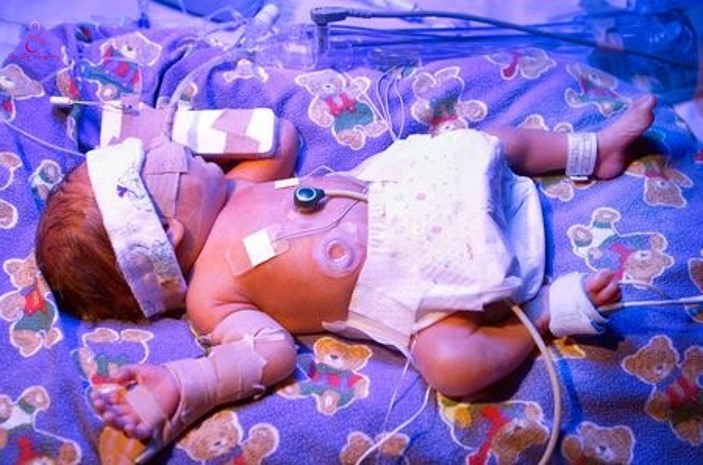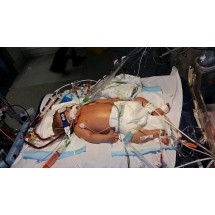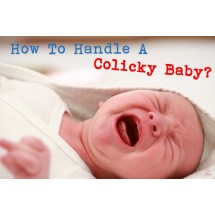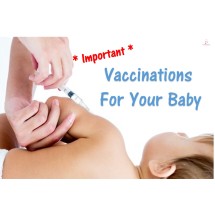 What is Jaundice?
What is Jaundice?
Jaundice is a condition there is excessive accumulation of a pigment called bilirubin. High levels of bilirubin stains various tissues in the body, leading to a deep yellow discoloration mainly to the skin and whites of the eyes (sclera), and even the teeth. It is a common occurrence in newborns, especially in Asian babies. Whilst most cases of mild newborn jaundice can be managed safely with good feeding and observation, a minority may reach very high levels of bilirubin if left unchecked.
Such high levels of jaundice may cross the blood-brain barrier and lead to neurological damage if untreated.
What causes jaundice in newborns?
Bilirubin is produced when the red blood cells in our body are destroyed and renewed. This renewal or turnover process is a lot faster in newborn babies and can lead to rapid accumulation of bilirubin. In healthy children and adults, the bilirubin pigment is processed and excreted by our livers so that we do not become jaundiced (unless we have liver disease). In newborns, the liver is relatively immature and takes more time to cope with the large load of bilirubin; hence leading to jaundice. Breast milk feeding or initial dehydration can worsen the jaundice somewhat, but persistence with breast feeding and hydration will ultimately be enough to settle it.
There are certain situations whereby neonatal jaundice can rise rapidly in the first 48 hours of life and need intense monitoring and treatment in hospital. For example, babies may be premature or unwell with infection. Occasionally babies have a blood group incompatibility with their mothers leading to maternal antibodies attacking baby’s red blood cells and producing very high loads of bilirubin and severe jaundice in the first 3-5 days of life.
What are the symptoms?
The first sign of jaundice is usually a yellow tinge to baby’s skin, starting in the body and progressing to a deeper yellow colour to the face and limbs as jaundice deepens. When the eyes look yellow, then usually the jaundice has progressed to a significant level. Other symptoms at this point may include lethargy and sleepiness, with reluctance to suckle. If left untreated to develop to a high level that affects the brain, babies may become stiff and hypertonic and even develop a high pitched cry or convulsions (a condition called kernicterus).
This unfortunately may lead to long term neurological damage.
How is jaundice in newborns diagnosed and treated?
Jaundice is diagnosed by confirming the high level of bilirubin with a blood test. It is treated with a special light called phototherapy that is shone on all parts of baby’s body whilst shielding the eyes. The threshold for starting phototherapy depends on the level of bilirubin, the cause of the jaundice and the age of baby. The younger or more unwell the baby, the earlier phototherapy is started at a lower bilirubin threshold, as we know jaundice will only rise higher. Likewise, treatment is commenced early in cases of blood group incompatibility as this group of babies are at high risk of severe jaundice and kernicterus. At this point, it is also important that babies are well hydrated with milk during phototherapy.
For mild cases of jaundice in the older infant, simple careful observation and good feeding is sufficient. Jaundice may be prolonged up to and beyond two weeks of age in cases of breast milk jaundice. In such cases, it is fine to continue breastfeeding as long as baby is gaining weight well and the jaundice is not very high. However, in cases of newborn jaundice that persists beyond 2-3 weeks of age, we may advise some further blood tests to ensure that the liver is functioning well.
Most cases of jaundice will resolve spontaneously by the age of one month in healthy and thriving infants.
 By Dr Mark Loh
By Dr Mark Loh
Paediatrician and Neonatologist
Practice Address:
Mark Loh Paediatrics
#05-33 Mount Elizabeth Novena Hospital
38 Irrawaddy Road, Singapore 329563
Tel: 63397283






